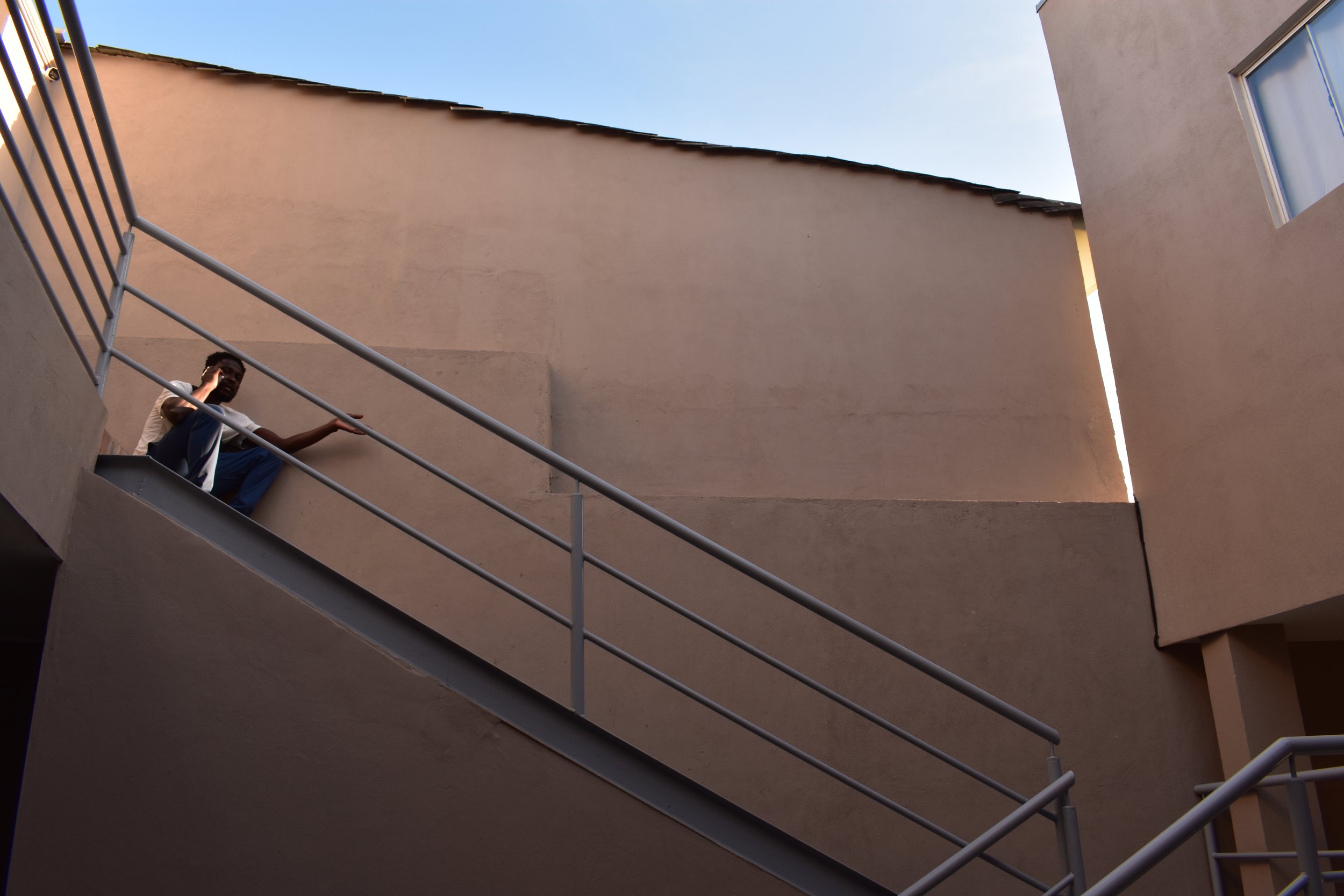Religious, spiritual and faith-inspired actors have long shaped public responses to some of society’s most urgent shared crises—from welcoming the stranger to caring for creation. Yet in much of the media coverage around issues like immigration, the economy, gun violence, and the environment, engaged voices of faith are often oversimplified, sidelined, or portrayed in a critical manner.
But what if we focused on good religion stories instead?
In a forthcoming anthology combining journalistic narrative with social-scientific reflections, titled Engaged Spirituality: Stories of Religious Resilience, Inspiration, and Pursuit of the Common Good, I and 17 other authors explore the power of telling such stories. But with an unexpected twist. Or you might say, a surprise ending: that telling good religion stories helps us to look beyond the present, imagine a new repertoire of the possible, and rise together to advance vital conversations around some of the most critical issues of our time.
The anthology emerged out of the Spiritual Exemplars Project, sponsored by the University of Southern California’s Center for Religion and Civic Culture, which involved a team of journalists and researchers profiling 104 spiritually-engaged humanitarians across 13 faith traditions and 42 countries.
The exemplars, individuals motivated and sustained by spiritual values, beliefs, and practices to serve humanity, included a nun who performed the first Buddhist same-sex wedding, a Jewish lay leader who served more than 2 million meals to food-insecure college students, a priest who helped rescue 150,000 distressed refugees in the Mediterranean Sea, a Jain who served more than 400,000 people in 400 Sri Lankan villages and a Latina convert who founded the first shelter for Muslim migrants at the U.S./Mexico border.
Their lives, inspired by African Religious traditions, Baha’i precepts, Protestant ethics, Humanist altruism, and Indigenous spirituality, highlighted some of humanity’s highest shared values in pursuit of the common good.
During the project, team members realized they were not only gaining insights about how spiritually engaged humanitarians understand their lives and work, but about how religious values and spiritual practices inspire and sustain social action on a larger scale. This anthology is an outgrowth of that process, taking readers on a journey to meet people doing extraordinary work and to share their life trajectories, traumas, and triumphs.







